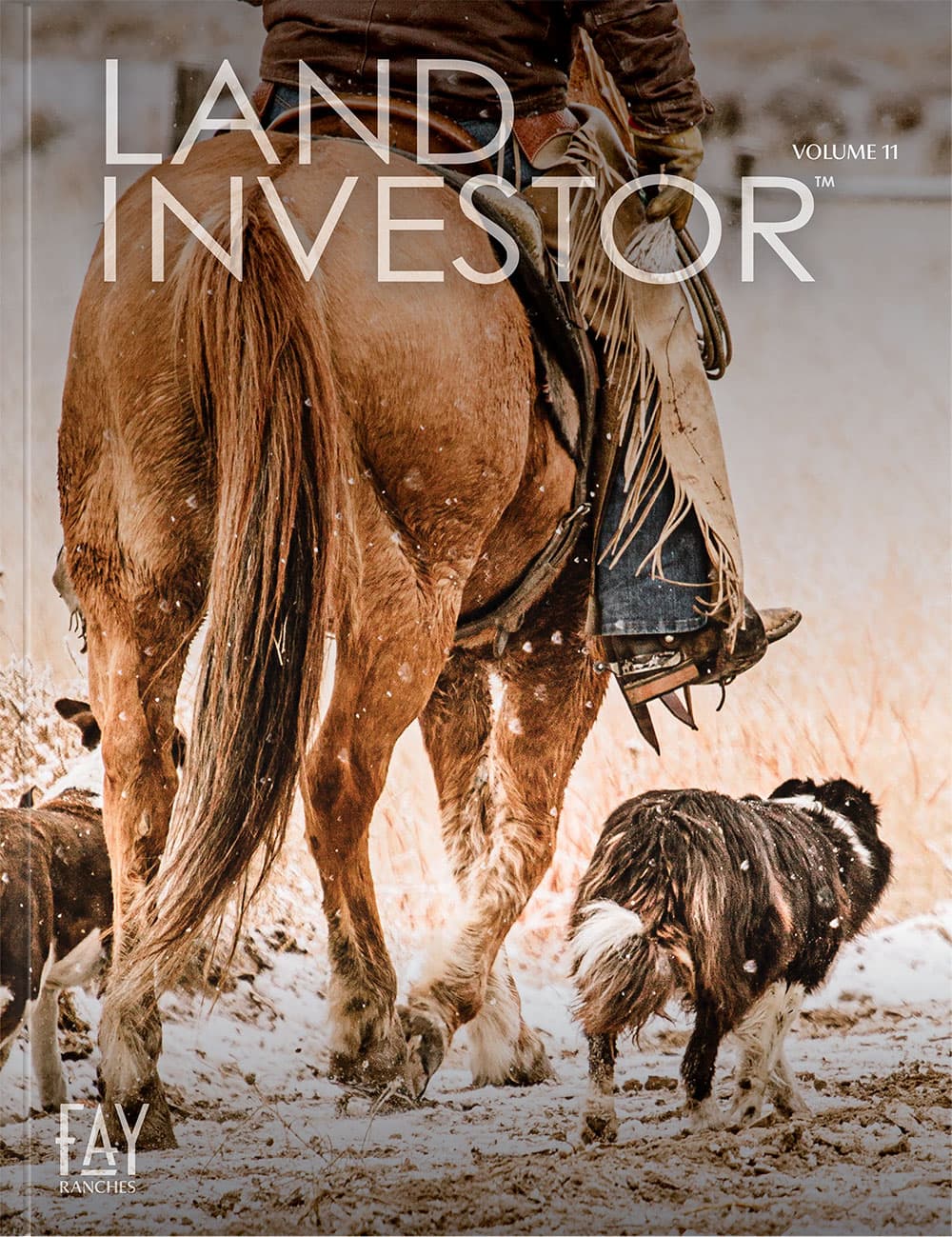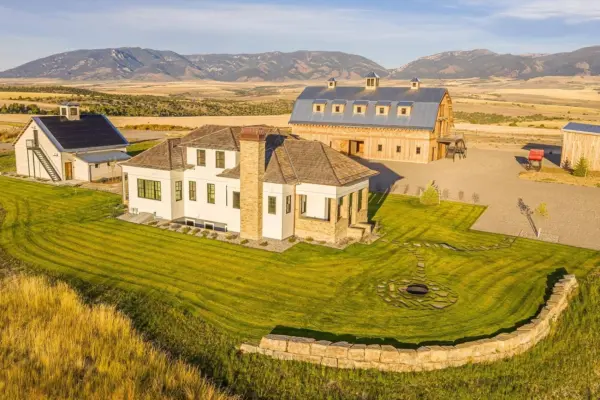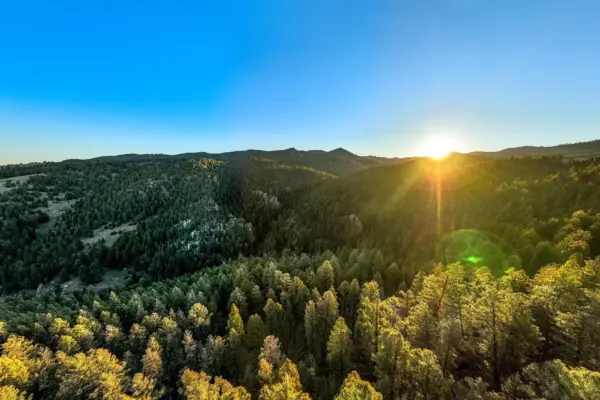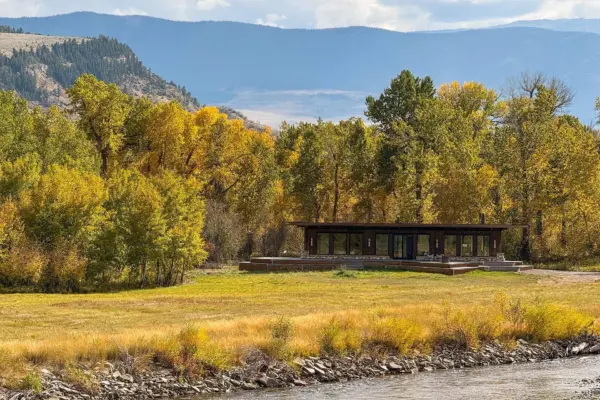Financial Benefits of Conservation Easements
Landowners can benefit financially from the implementation of a conservation easement in one of two ways: cash or tax deductions. Cash easements have become increasingly common over the last couple of years due to recent funding provided to conservation agencies for purchasing these rights. In a cash easement scenario, a landowner receives cash from a land trust equivalent to all or some of the value of the easement in exchange for the property rights they convey.
Alternatively, landowners may deduct some or all of the easement's value as a charitable tax donation. This deduction can be claimed in a single year or spread out over a maximum of fifteen years. Often, a combination of cash and tax benefits is considered for the easement's payment.
Long-Term Value Considerations
While it is undeniable that traditionally, conservation easements diminish the market value of a property, one could argue that this diminution may be less impactful moving forward as compared to what we have seen in the past. That is to say that conservation easements mature, and value adds implemented on a given property over time may overcome the diminution of value attributed to the conservation easement.
For example, initiatives such as stream restoration projects that enhance fisheries, the improvement of wildlife habitat, the implementation of regenerative agricultural practices that increase the productivity of a property, and tasteful and timeless ranch compounds that are built on these properties are all examples of what we see on top tier offerings that sell at a premium price although they are encumbered by a conservation easement.














